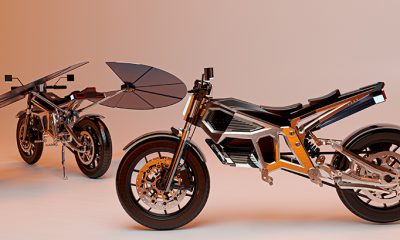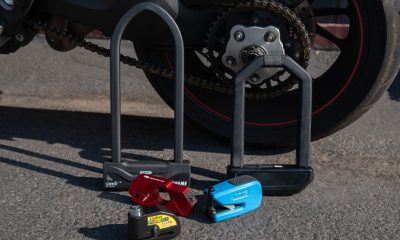Harley-Davidson faces renewed pressure in Europe as Trump’s April 2025 tariffs spark EU retaliation. With potential motorcycle prices soaring, the brand finds itself once again entangled in global trade politics.

Subscribe to our Telegram channel for instant updates!
For decades, Harley-Davidson has symbolised freedom and rebellion. But it’s more like a diplomatic pawn in today’s trade climate.
Following the United States’ decision to enforce a fresh round of tariffs on April 2, 2025, aimed at key trading partners including the European Union, the EU is now weighing its next move. And Harley is squarely in its sights.
The new U.S. measures, driven by President Trump’s push to protect American manufacturing, impose steep tariffs on European steel, aluminium, and automobiles. Dubbed “Liberation Day” by the White House, the move is seen very differently abroad.
European Central Bank President Christine Lagarde minced no words. “It’s a moment for Europe to take better control of its economic destiny,” she said in an April 1 interview, hinting at a pivot away from dependence on U.S. trade.

Harley-Davidson’s Billion-Dollar Dilemma
At the centre of the brewing retaliation? American cultural exports include Harley-Davidson motorcycles.
European officials are reportedly considering reinstating and even increasing motorcycle tariffs up to 56%, which includes a base 6% duty and a proposed 50% retaliatory tariff. For context, a Harley Road Glide that sells for USD 28,000 in the U.S. could cost Danish consumers a jaw-dropping USD 124,000 under the new regime.
Harley-Davidson’s CFO, Jonathan Root, recently testified before Congress, warning that the company is being disproportionately targeted. “We’re not just dealing with economic headwinds,” Root said. “We’re being used as a symbol. But it’s our customers and workers who end up paying the price.”
History Repeating: Shift, Absorb, Survive
This isn’t Harley’s first round in the trade ring. During the 2018 EU–U.S. tariff standoff, Harley absorbed USD 166 million in additional duties instead of raising prices. It also made the controversial decision to shift some production overseas—a move that sparked backlash at home.
Now, with global supply chains tighter and inflation already pressing on margins, the company may not have the same flexibility.
Harley has not disclosed its response to the potential EU tariffs as of mid-April. Market analysts believe that a mix of price hikes, temporary production relocations, or even temporary exits from certain European markets is on the table.

Europe’s Game Plan: Delay or Detonate
Interestingly, the European Commission has chosen not to retaliate immediately. Instead, it has given itself a 90-day window—until July 14, 2025—to negotiate, consult industries, and finalise its countermeasures.
Whether this reflects strategic caution or internal division remains to be seen. But Brussels has made it clear: if the U.S. tariffs stand, retaliation is coming.
For now, consumers in Europe are racing to dealerships. “It’s like a last-chance sale,” said one French Harley dealer. “People want to get their bikes before the price doubles or triples.”
What’s at Stake: Beyond Motorcycles
While Harley-Davidson is the face of this skirmish, it’s far from the only one affected. The EU’s draft retaliation list includes bourbon, Levi’s jeans, and certain tech components. American auto and agriculture sectors are also bracing for blowback.
Christine Lagarde warned that U.S. automakers are “tearing their hair out” trying to assess long-term impacts, especially since foreign competitors can often pivot more quickly across markets.
The WTO has already revised global trade growth forecasts downward, citing the potential fallout from these trade tensions.

Clock’s Ticking and Harley’s Waiting
For now, Harley-Davidson—and much of American industry—waits in limbo. If diplomacy fails, July 2025 could mark the start of another full-blown transatlantic trade war.
The stakes? Jobs, manufacturing competitiveness, and billions in lost revenue.
For Harley, a brand built on movement and momentum, standing still may be the hardest challenge yet.































Facebook
Instagram
X (Twitter)
YouTube
LinkedIn
RSS